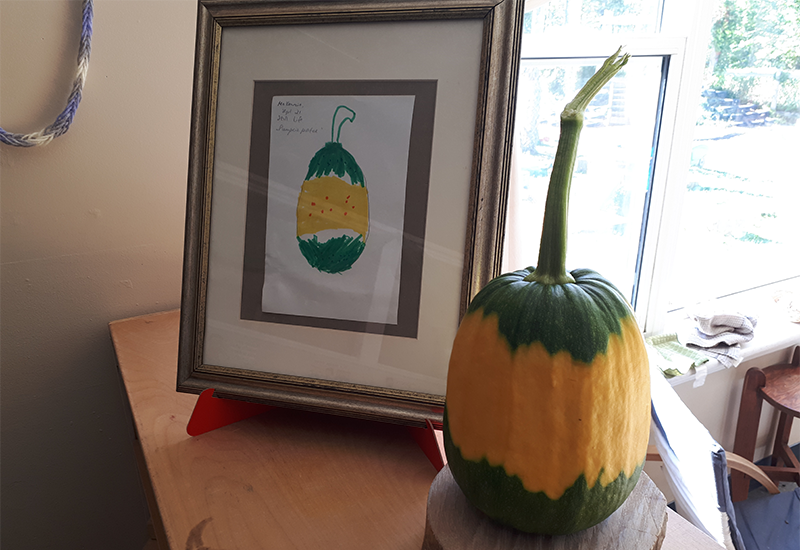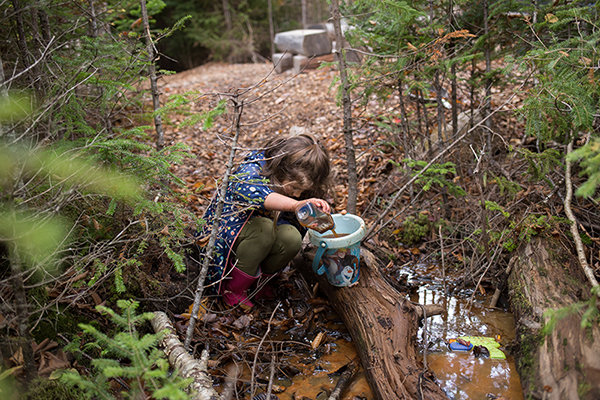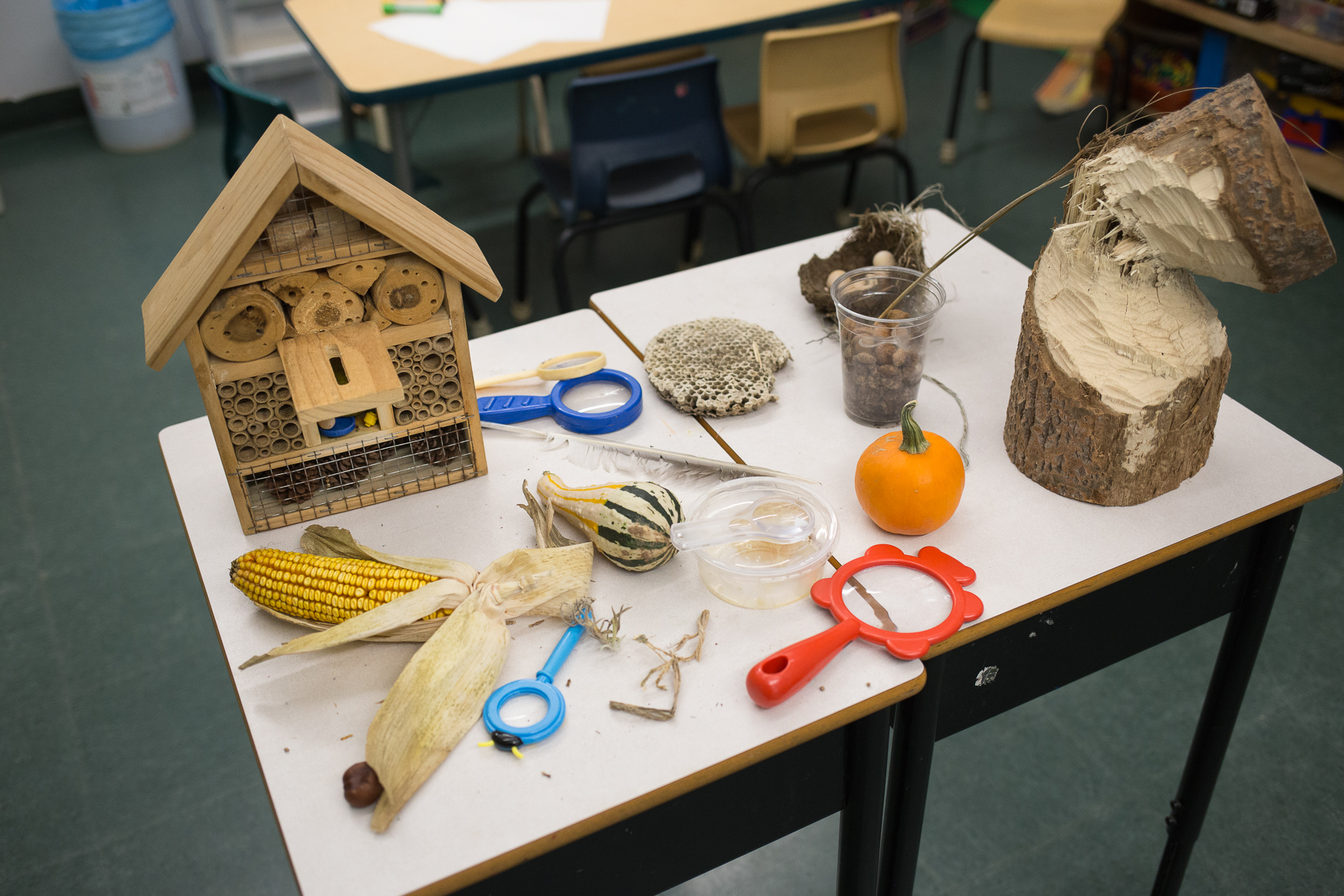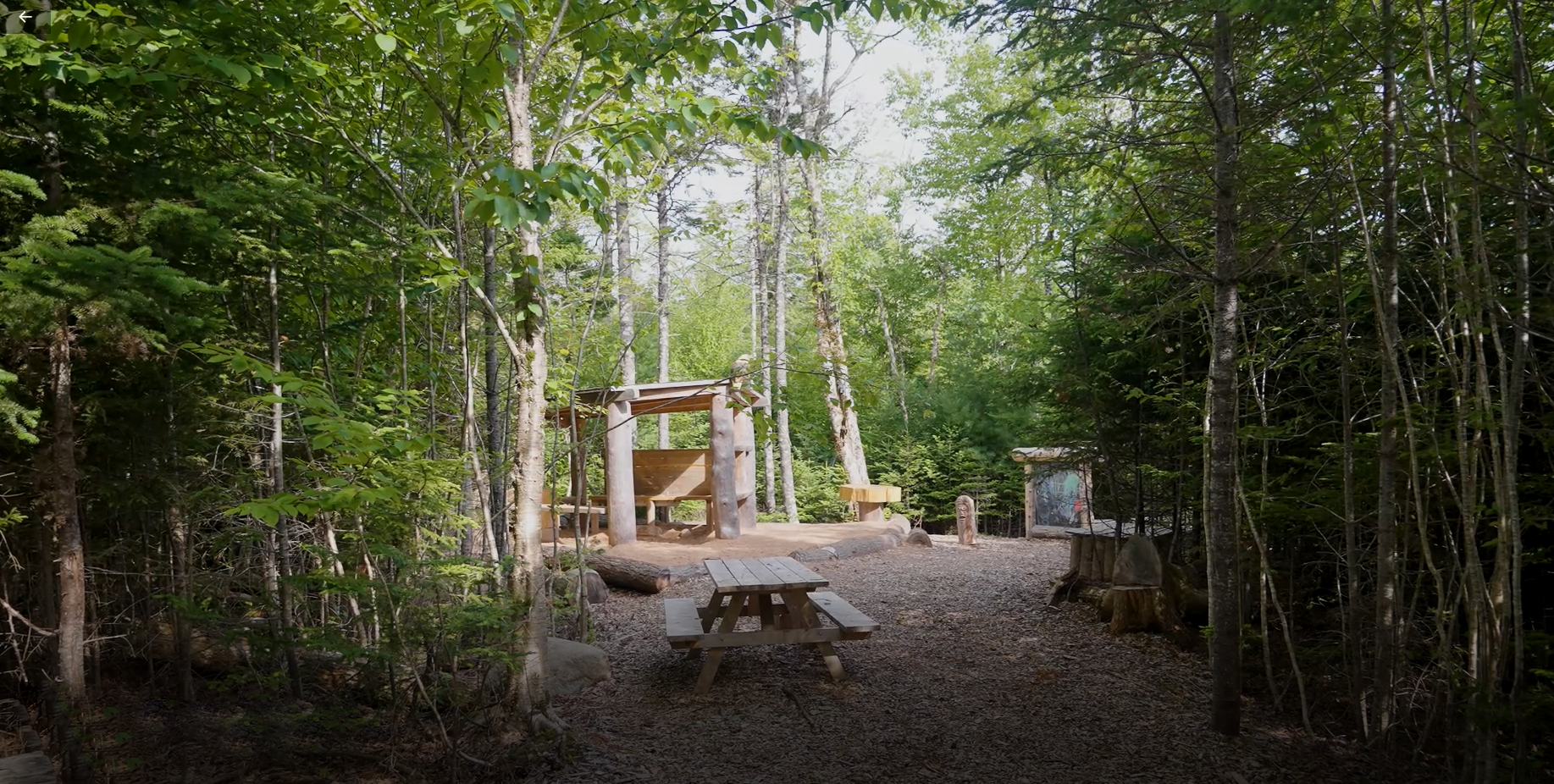Junior / Senior Primary



An evidenced-based early years program designed to challenge and engage children in a supportive and nurturing environment, tapping into their natural curiosity where they thrive, build confidence and develop foundational skills.
Building a strong foundation means paying attention to all aspects of a child's development. Physical, social, emotional, cognitive, and creative - a holistic approach.
Active Learning - students engage in hands-on activities and experiences, moving between the indoor and outdoor "classrooms" learning through discovery and exploration.
Play is the work of children and as an essential component of learning provides opportunities for children to practice, gain skills and an understanding of the world around them.
Other key components of the program are:
- place-based learning
- multi-age/level groupings
- small class size
- differentiated instruction
- proprietary early literacy program
Senior Primary is based on the Nova Scotia grade primary outcomes.
Daily Schedule
The following schedule provides a framework from which each day is structured. Each element may take place in either the indoor or outdoor environment, based on the weather and seasons. A visual schedule supports the children as they move throughout the day's activities. Senior Primary children will have increased teacher direction to ensure that they cover the primary outcomes.
Morning:
- Up until 9am children arrive, welcomed and supported to socialize through play with others
- 9:00am - group meeting - the visual schedule is reviewed, children engage in warm up activities
- center and /or place-based activities -
- mix of child and teacher directed
- numeracy, literacy and science will be the morning focus
- mid-morning snack
- 12:00 Lunch and mid-day break
Afternoon:
- 1:00pm Rest / calming activities such as story / reading time
- Learning Centers/Free Choice
- Fine Arts explorations
- 2:45pm - group meeting to discuss the day's events / discoveries
- 3:00pm Dismissal for those children not in extended care
- Snack for children in extended care
- Outdoor play

Overview of Curricular Objectives
- To appreciate spoken and written language as
- Practical
- A source of knowledge and pleasure
- To recognize the value and need of communication.
- To explore a variety of means for communication.
- To recognize that in our language words are placed on a horizontal base line.
- To recognize left and right sequence in reading
- To develop eye/hand coordination
- To increase number of words used meaningfully
- To discriminate between visual stimuli
- To discriminate between auditory stimuli
- To play with and gain knowledge of consonant sounds in English
- To enjoy and appreciate stories and poetry
- To create original stories and poems
- To enjoy dramatic activity as a means of expression of emotions, ideas and language skills
- To recall sequence of events
- To know and appreciate the physical self
- To know the joy of spontaneous movement
- To utilize body movements in expression of ideas
- To utilize body movements as a means of communication
- To express emotions through bodily movement
- To explore numerals
- To experience and assimilate number concepts
- To acquire basic understanding of basic math processes
- To explore numerals
- number names to 20...
- understanding of numbers to 10....
- introduction to number line
- To experience and assimilate number concepts
- To acquire basic understanding of basic math processes
- To develop basic math vocabulary
- Create patterns using objects, actions and sounds
- Comparing the measurement of objects
- Comparing numbers using objects
- Communicate orally mathematical understandings
Children will examine
- connections to their identity through awareness of self and others
- connections to their roots by exploring how they are connected to their community
- connections to the environment through daily interactions with the indoor and outdoor spaces
- To appreciate spoken and written language as
- Practical
- A source of knowledge and pleasure
- a means of communication
- To recognize the value and need of communication.
- To explore a variety of means for communication.
- To practice listening, speaking, asking and responding to questions, and sharing ideas and opinions.
- To recognize that in our language words are placed on a horizontal base line.
- To recognize left and right sequence in reading
- To develop eye/hand coordination
- To increase number of words used meaningfully
- To discriminate between visual stimuli
- To discriminate between auditory stimuli
- To use consonant, digraph and short vowel sounds in written communication
- Make use of pictures in written communication
- Develop phonemic aware skills
- To enjoy and appreciate stories and poetry
- To create original stories and poems
- To enjoy dramatic activity as a means of expression of emotions, ideas and language skills
- To recall sequence of events
- To develop physical and aesthetic responses to tone, beat, and pitch
- To experience music in a variety of ways
- To utilize body movements as a means of communication
- To express emotions through bodily movement
To acquire understanding of world and relate self to own society through play which concerns:
- a. family life
- b. life styles of work and play
- d. community helpers
- Obtain some understanding of natural forces:
- weather, light, heat, gravity, air, motion, machines, sound, environment
- To develop respect for natural environment
- To develop respect for animals
- To develop senses for practical and aesthetic purposes
- Obtain some understanding of natural forces:
- weather, light, heat, gravity, air, motion, machines, sound, environment
- To develop respect for natural environment
- To develop respect for animals
- To develop senses for practical and aesthetic purposes
- Using place-based physical elements develop inquiry skills, vocabulary, an understanding of cause and effect, communicate findings, classify materials, make predictions
- Using place-based living elements develop vocabulary, observation skills, sort into sets of similar characteristics, collect and display data
- Explore movement of self and objects. Cause and effect. Experiment with ways to change the movement of objects.
Developing foundational concepts and life skills to promote informed, safe, and healthy decision making
- investigate emotions
- explore family structures
- investigate effective strategies for personal safety, injury and disease prevention


 FaceBook
FaceBook